Thapisgargin Formation in Thapsia
 The Mediterranean plant Thapsia garganica (Apiaceae), also known as deadly carrot, produces the highly toxic compound thapsigargin. This compound is a potent inhibitor of the sarcoplasmic-endoplasmic reticulum Ca2+-ATPase calcium pump in mammals and is of industrial importance as the active moiety of the anticancer drug mipsagargin, currently in clinical trials. Thapsigargin is found in most parts of the plant T. garganica. Ripe fruits contain the highest amount of thapsigargin, with 0.7% to 1.5% of the dry weight, followed by roots (0.2%–1.2% of dry weight) and leaves (0.1% of dry weight). It is well established that many Apiaceae species store lipophilic compounds such as phenyl propanoids and terpenoids in secretory ducts, and this appears to be the case with T. gargantica as well. Andersen et al. () show that transcripts for two key enzymes in thapsigargin biosynthetase are found only in the epithelial cells lining these secretory ducts. This emphasizes the involvement of these cells in the biosynthesis of thapsigargin. This study paves the way for further studies of thapsigargin biosynthesis.
The Mediterranean plant Thapsia garganica (Apiaceae), also known as deadly carrot, produces the highly toxic compound thapsigargin. This compound is a potent inhibitor of the sarcoplasmic-endoplasmic reticulum Ca2+-ATPase calcium pump in mammals and is of industrial importance as the active moiety of the anticancer drug mipsagargin, currently in clinical trials. Thapsigargin is found in most parts of the plant T. garganica. Ripe fruits contain the highest amount of thapsigargin, with 0.7% to 1.5% of the dry weight, followed by roots (0.2%–1.2% of dry weight) and leaves (0.1% of dry weight). It is well established that many Apiaceae species store lipophilic compounds such as phenyl propanoids and terpenoids in secretory ducts, and this appears to be the case with T. gargantica as well. Andersen et al. () show that transcripts for two key enzymes in thapsigargin biosynthetase are found only in the epithelial cells lining these secretory ducts. This emphasizes the involvement of these cells in the biosynthesis of thapsigargin. This study paves the way for further studies of thapsigargin biosynthesis.


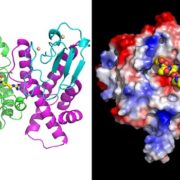

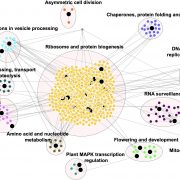
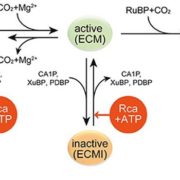
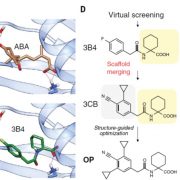
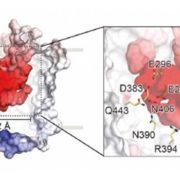


Leave a Reply
Want to join the discussion?Feel free to contribute!